How to deliver the world’s largest sporting event
Back in 2013, Lima beat three other cities to host, for the first time, the fourth largest sporting event in the world - the XVIII Pan American and Para-pan American Games and this month, it was announced that the city will host the games again in 2027.
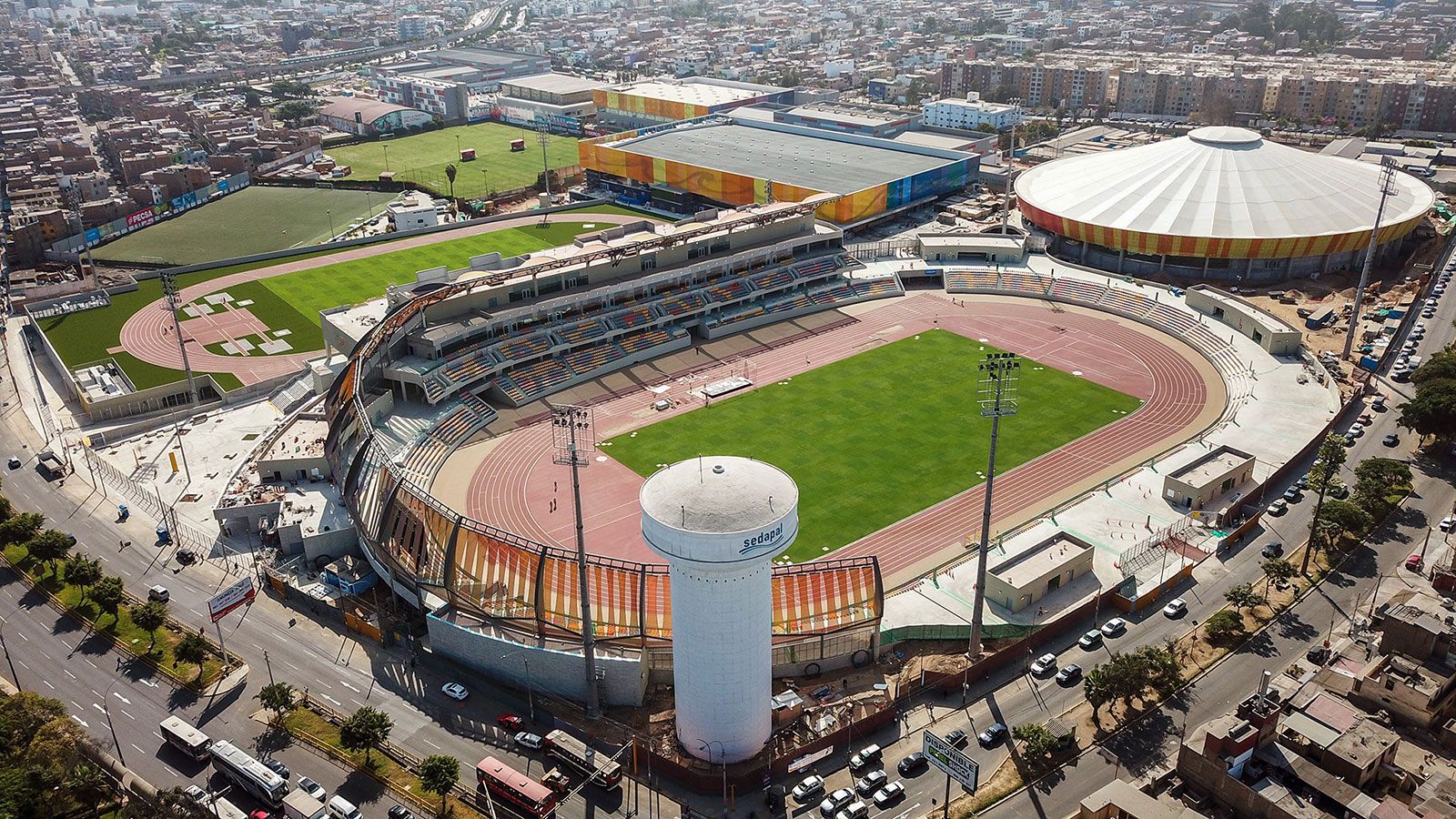
Lindsay Johnston, Architect Director, BDP Pattern
The 2019 games included 6,680 athletes, representing 41 countries from North and South America competing in 37 different venues.
But by 2017 none of the sports venues had been built and, realising they were running out of time, the Peruvian government did a “government-to-government” deal with the UK Department of International Trade (DIT) to help the organising body to deliver the games.
With the London Olympics, Commonwealth Games and high-profile football club developments, the UK has proven experience in exporting the design, organisation and delivery of successful global sport events while leaving a positive legacy for host cities and countries.
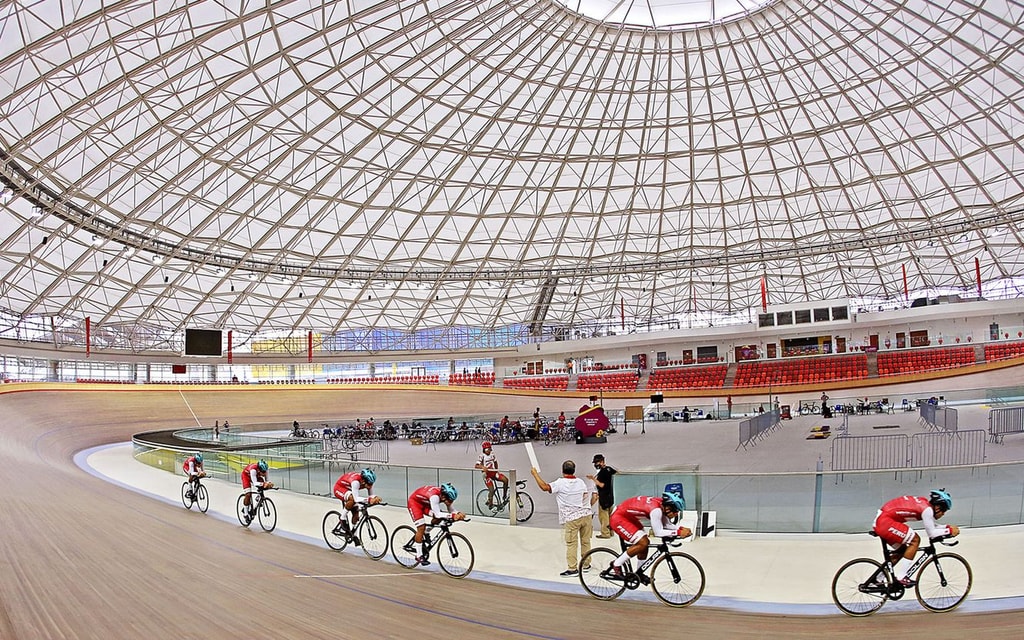
Based in London and Edinburgh and with a new studio in Lima, BDP Pattern was perfectly placed to deliver on the city’s promises. The practice is focused on innovative rule-based parametric design, with mathematics and beauty as key research areas.
With the opening ceremony fixed in stone, it left us only 18 months to design and construct the entire project.
We sent staff from the UK to work in Peru, in the office of the main contractor, Cosapi, and later in the site office. Six months into the Videna project, we were invited to also extend our work to the Callao cluster.
The Callao cluster included a further three sports venues and surrounding masterplans – and by then, there were only 12 months available to design and construct all this.
It was a difficult decision, but we had already learnt all the lessons required, and had experienced teams who could be supplemented with additional staff. Taken together, this was our biggest project yet, although we continue to deliver much bigger, individual stadia across the globe.
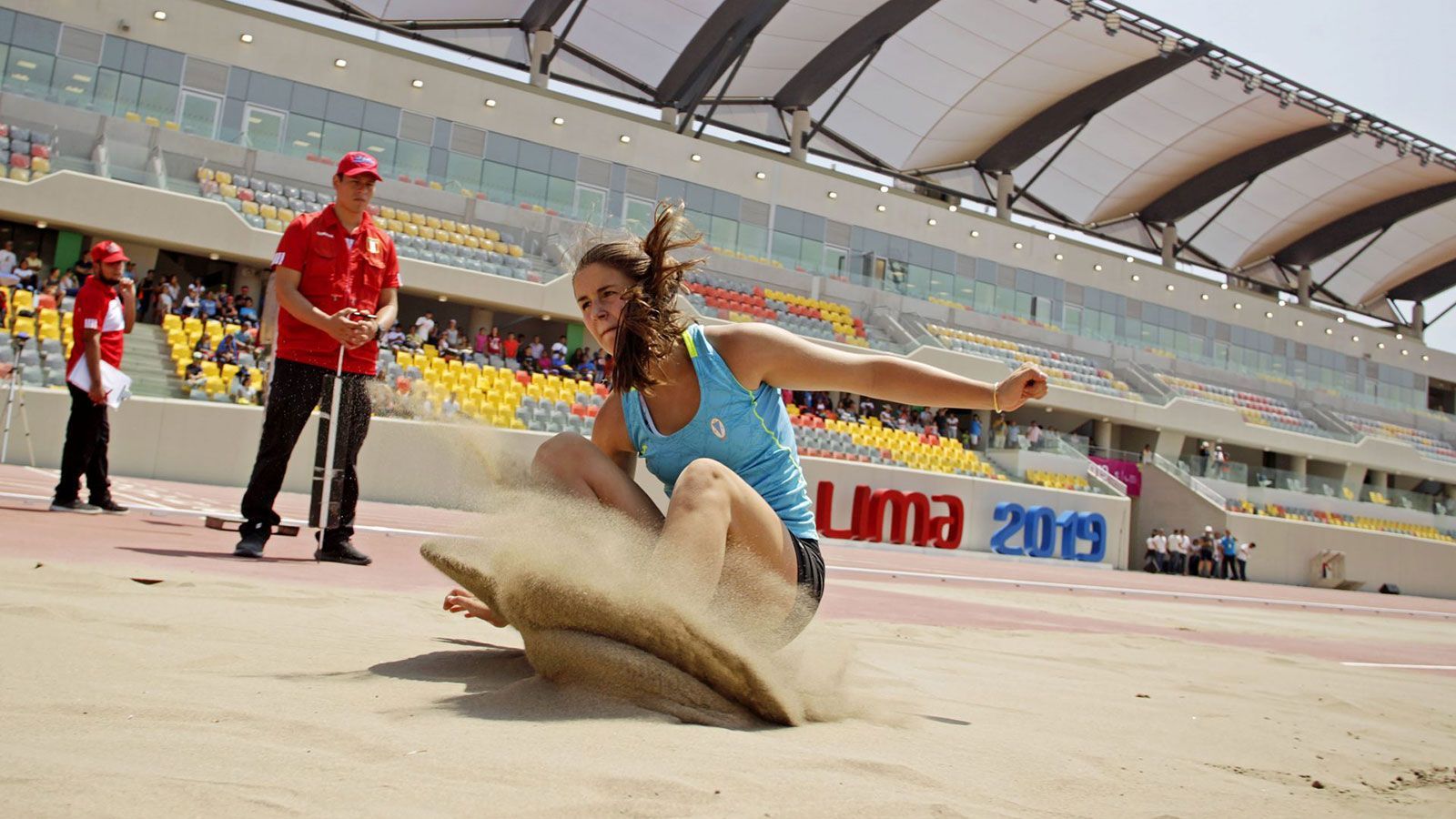
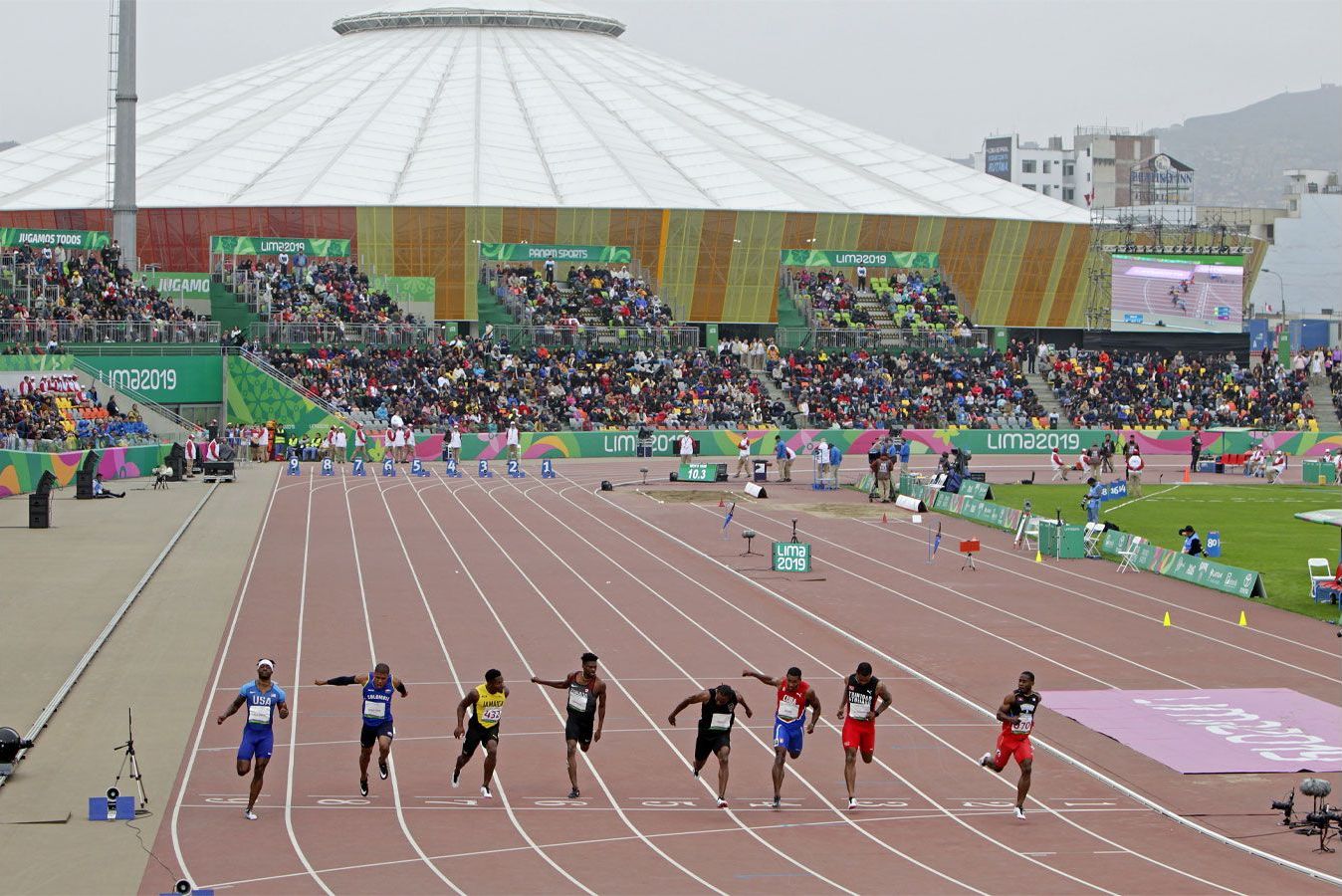
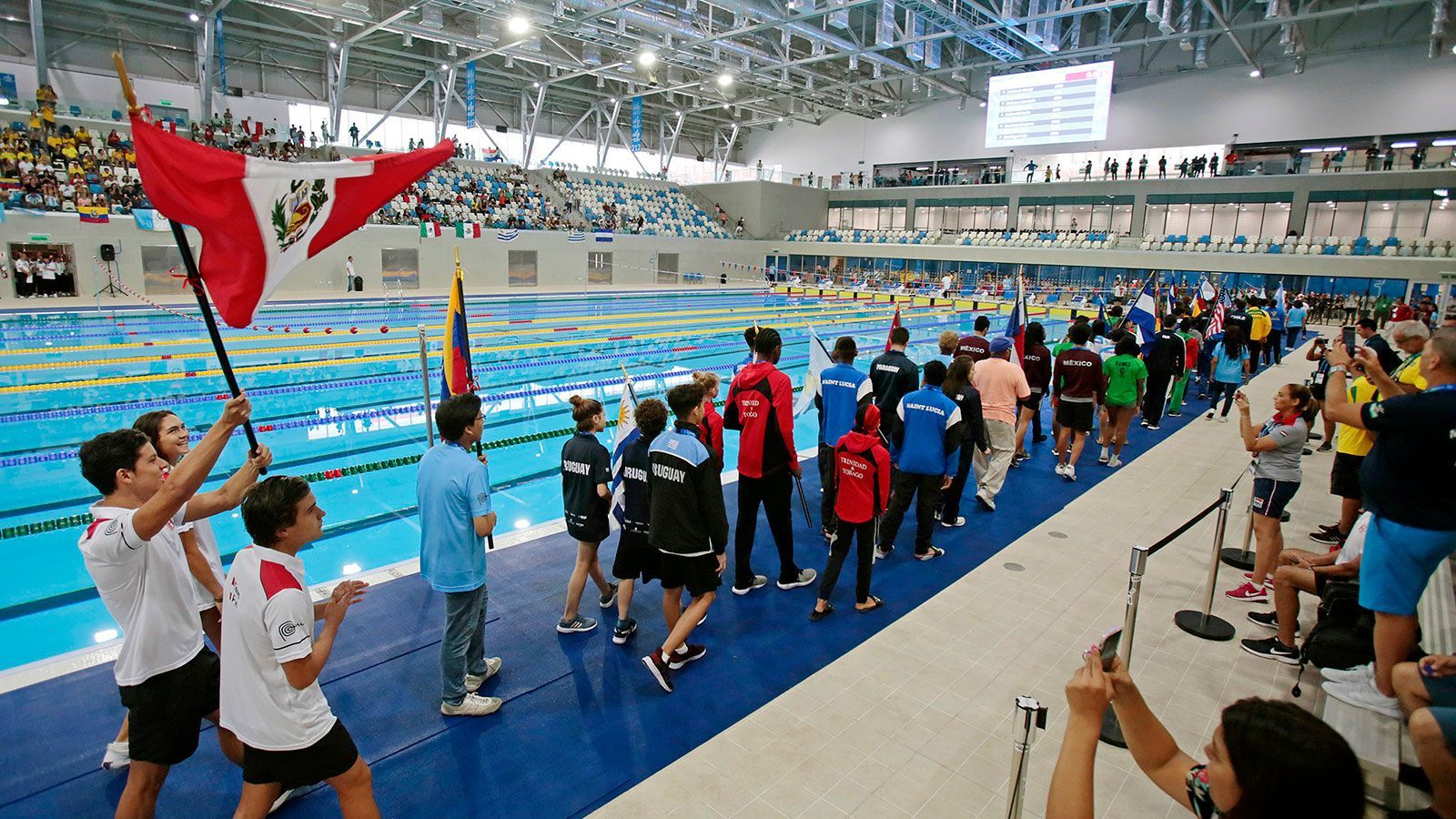
The projects were delivered in Spanish, so in addition to employing many new Spanish-speaking staff, we wrote bespoke scripts to translate notes on drawings from English to Spanish which saved hundreds of man-hours. Reports and specifications were translated in-house.
Since the programme was extremely short, typical design phases were amalgamated into only three: Basis of Design; Schematic Design; and Information for Construction. The entire project was carried out in BIM Revit, using Autodesk 360 to share live files with the engineers, contractors and client in Peru.
Regulatory compliance was a challenge. We typically use international regulations for sports venues, but we found local Peruvian regulations often contradicted these.
In addition, each individual sport’s governing body has its own set of unique regulations, which must be met to obtain a “homologation certificate” before hosting competition events. We also had to comply with International Paralympic Committee Regulations (IPC) to host the Para-pan American Games.
Building regulations were quite different, even though we are very experienced in working on international projects. Due to the constant mild climate in Peru, u-values, insulation and double glazing are not compulsory, whereas seismic regulations mean that the structure is very large and cantilevers are restricted to a minimum.
We are very proud that all eight venues were completed, and successfully homologated, in time for the Pan American Games. This was all achieved in less than 18 months. This is the fastest programme we have ever attempted, and we’re relieved to have made the finish line.
This was thanks to a combination of things: a supportive Lima19 client and the DIT’s involvement; a site team from the UK; working with good local consultants and contractors; using BIM; automating language translations; extremely dedicated staff.
Pattern is known for parametric designs which incorporate complex 3D geometry and curves. From bidding stage, we knew that our usual approach would be very risky, due to such a short programme and in an untested construction market. Therefore, complex geometry was minimised and, although curves are used, multi-dimensional compound curves are not.
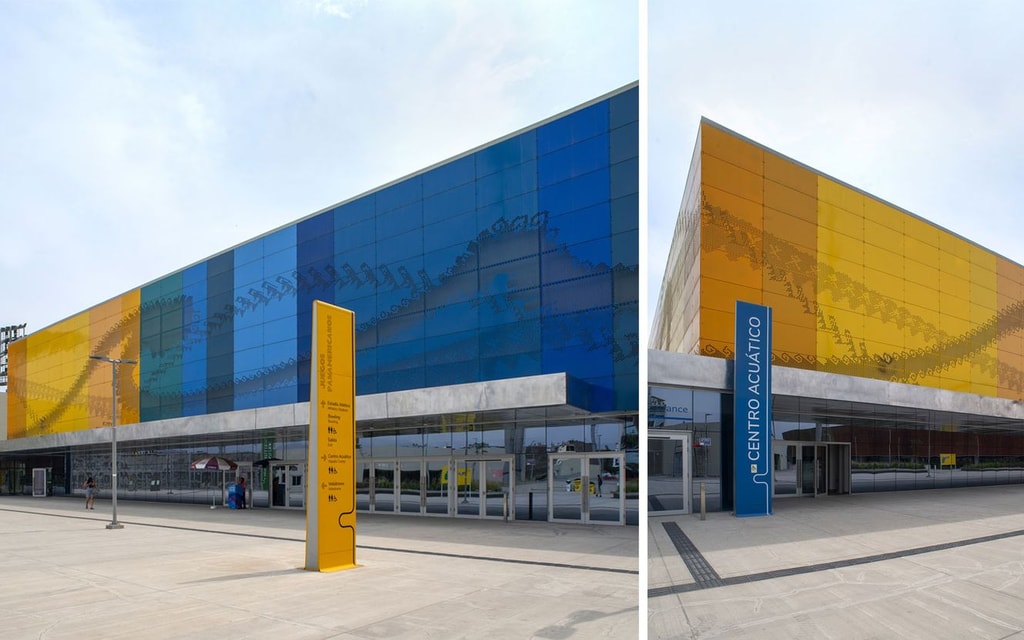
To unify all the venues in each of the sports park clusters, and for speed of construction, all the venues followed a common conceptual theme. The concept is based on Lima’s iconic “Huaca” pyramids left by ancient cultures, and the colourfully vibrant textile motifs for which Peru is famous
Around the base of the venues, the Huaca concept is realised in the pre-cast concrete base levels of each building.
Around the higher levels of the venues, the textile concept is realised in the colourful façade panels. The panels are perforated with a contemporary interpretation of the traditional textile motifs and the pattern was created using parametric scripting software. Files were sent to the cladding manufacturer who cut the patterns into the metal powder-coated galvanised steel panels.
This endeavour became our most significant and rewarding and we are delighted that the legacy of our work means that these wonderful games can return to an amazing city. Throughout the process, we worked hard to overcome the challenges, learn some lessons and ultimately to leave an exceptional sporting infrastructure for the people of Lima.